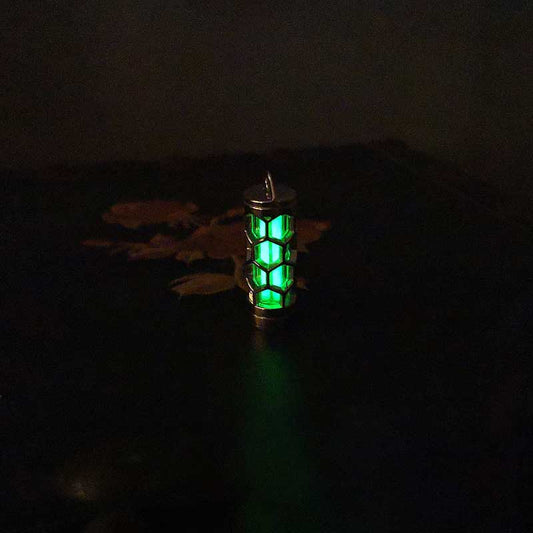Diamonds vs Moissanite A Personal Journey through the Sparkle
Diamonds vs Moissanite A Personal Journey through the Sparkle
When the topic of engagement rings comes up, the immediate mental picture for many of us is a classic diamond solitaire, twinkling with the promise of "forever." Yet, as I sat across the cafe table from my friend Lisa, discussing her recent engagement, she threw me a curveball: “My ring’s not a diamond, it’s moissanite.” I’ll admit, I blinked a few times. Moissanite? It wasn’t unfamiliar, but it didn’t have the weighty history of diamonds. As we continued our conversation, I found myself intrigued by the differences between these two gemstones—both physically and culturally.
Moissanite, as Lisa explained, was discovered in a meteor crater by scientist Henri Moissan in the late 19th century. Imagine my surprise learning that this gem, dazzling with almost otherworldly brilliance, is actually linked to shooting stars. In contrast, diamonds boast a terrestrial, albeit dramatic, story—formed deep within the Earth over billions of years. When you think about it, each kind of stone has its own epic journey, but the narratives diverge sharply.
From a material standpoint, both gems are known for their hardness, though diamonds still reign supreme on the Mohs scale. Yet, moissanite holds its ground with a ranking just below diamonds, offering great durability. And here's a little nugget of truth that might surprise you: moissanite can actually outshine a diamond. Its refractive index is higher, which means it bends light more, creating a rainbow sparkle that some people love and others—like my high-school friend, Emma—find too flashy. Emma once told me that wearing moissanite felt like having a disco ball on her finger. It’s funny how personal taste shapes our perceptions!
Cultural significance is another area where diamonds have a distinct edge. They’ve been the go-to choice for engagement rings ever since De Beers made that whole "diamonds are forever" slogan a thing. But here’s something that tickles my fancy: moissanite is becoming the gemstone of the ethically-conscious generation. With increasing awareness about the environmental and human toll of traditional diamond mining, moissanite offers a conflict-free alternative. Lisa said she loved that her ring didn’t come with a backstory of war-torn regions, but instead, it celebrated science and innovation.
Trends are another factor where moissanite is making waves. While traditionalists might scoff, a growing number of young couples are embracing moissanite for its modern appeal and affordability. It allows them to indulge in a larger stone or a more intricate setting without the hefty price tag. It’s like having your cake and eating it too, without the financial heartburn.
As Lisa and I finished our coffees and left the cafe, I pondered how the essence of preciousness is changing. While diamonds will always symbolize classic elegance, moissanite represents a shift—a move towards individuality and sustainability. It’s not just about what the stone is, but what it means to the person wearing it.
The next time you find yourself in a jewelry store or admiring a friend’s engagement ring, consider the story behind the sparkle. Whether it's a diamond or moissanite, each stone carries its own unique allure, shaped by nature and nurtured by human hands. And that, in itself, is a kind of magic.































